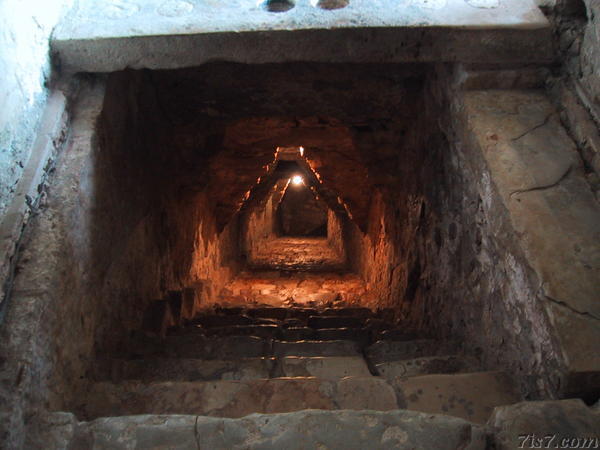Back to the Joys of Armchair Travel
 ‘Well that’s you shafted,’ said one friend kindly at the start of the worldwide lockdown. ‘Not a good time to be a travel writer…’
‘Well that’s you shafted,’ said one friend kindly at the start of the worldwide lockdown. ‘Not a good time to be a travel writer…’
Well yes and no. Obviously there’s not much actual travelling possible at the moment. But then the ratio in travel writing between the former and the latter has always been grossly disproportionate – too little time spent travelling and far too much time having to write about it when you get back.
And in my case I only did just get back. I was writing a piece about the sunny beaches and boho resorts of northern Uruguay – one of those gigs which leads to envy and resentment, particularly in March – when they introduced the sudden guillotine on air travel, so we had to slip over the border to Brazil for one of the last flights back to Europe. I was travelling with my girlfriend and for a moment we thought of just staying, as there are worse places to self-isolate than a low rent beach hut in the sun; but while this sounded fun for a while, if the worldwide lockdown continued for months it might have become restrictive and complicated. Wiser counsels prevailed. Which is lucky as otherwise we would still be there. …
Back to the Joys of Armchair Travel Read More »




 Thirty-five years ago, I visited my first Maya site, at Palenque. From the top of the Palacio temple, a staircase led down inside it to the burial chamber of a ruler. The ‘secret staircase’ – it is difficult to use any other less melodramatic term – had only been discovered in 1949. An archaeologist noticed there were holes which had been filled with stone plugs in one of the floor slabs; the temple wall also extended below ground level, suggesting some lower chamber.
Thirty-five years ago, I visited my first Maya site, at Palenque. From the top of the Palacio temple, a staircase led down inside it to the burial chamber of a ruler. The ‘secret staircase’ – it is difficult to use any other less melodramatic term – had only been discovered in 1949. An archaeologist noticed there were holes which had been filled with stone plugs in one of the floor slabs; the temple wall also extended below ground level, suggesting some lower chamber. Going down the corbelled staircase on my own felt like something out of John Buchan. At that time, visitors were asked to bring their own torches, as there were only low-voltage lights running from an intermittent generator.
Going down the corbelled staircase on my own felt like something out of John Buchan. At that time, visitors were asked to bring their own torches, as there were only low-voltage lights running from an intermittent generator. In the years since my visit, much has changed in our understanding of the Maya – from new archaeological discoveries, but above all because we can now finally read the glyphs on the temple stelae. …
In the years since my visit, much has changed in our understanding of the Maya – from new archaeological discoveries, but above all because we can now finally read the glyphs on the temple stelae. … So in answer to Richard Hammond, I would expect a Mexican car to be incredibly tough, versatile and have a fair amount of style… which is why the car you will actually see most in Mexico City is the VW Beetle (there was a big factory in nearby Puebla which only ceased production of the ‘Mexican Vocho’ a few years ago). Taxi-drivers have used them for years , although recent laws about having four-door cars for ease of use by passengers have opened the door to Japanese imports; as readers of Tequila Oil will know, having enough doors for a taxi was a crucial concern when selling my own Oldsmobile …
So in answer to Richard Hammond, I would expect a Mexican car to be incredibly tough, versatile and have a fair amount of style… which is why the car you will actually see most in Mexico City is the VW Beetle (there was a big factory in nearby Puebla which only ceased production of the ‘Mexican Vocho’ a few years ago). Taxi-drivers have used them for years , although recent laws about having four-door cars for ease of use by passengers have opened the door to Japanese imports; as readers of Tequila Oil will know, having enough doors for a taxi was a crucial concern when selling my own Oldsmobile …